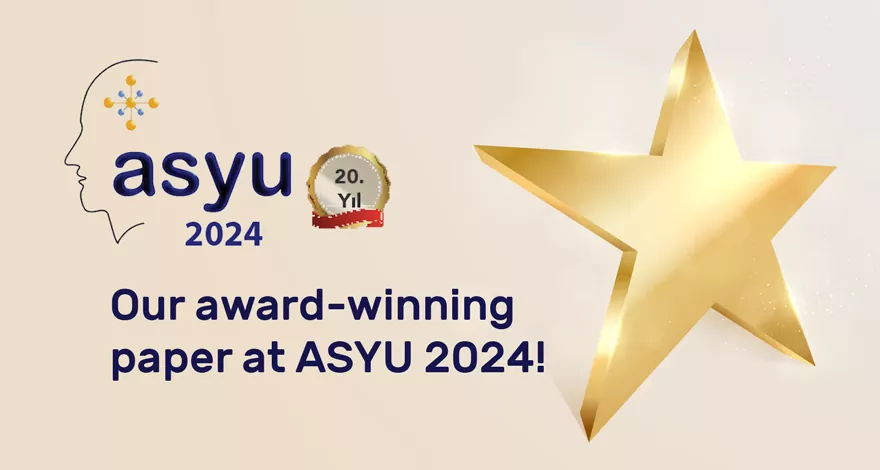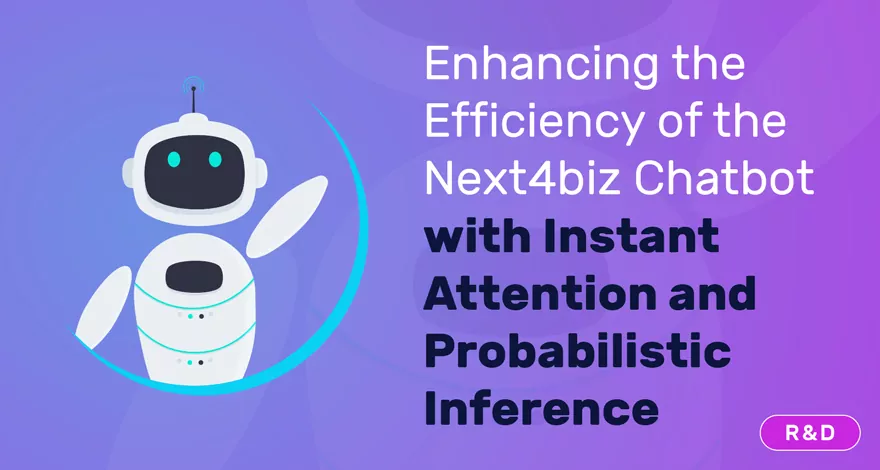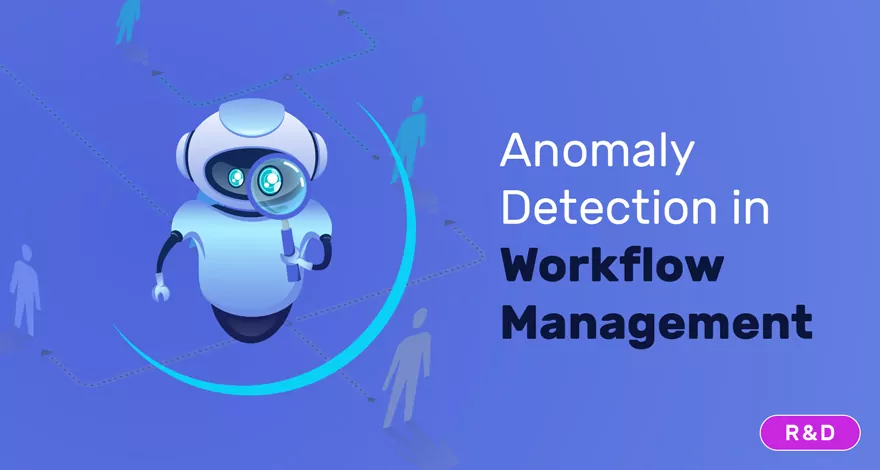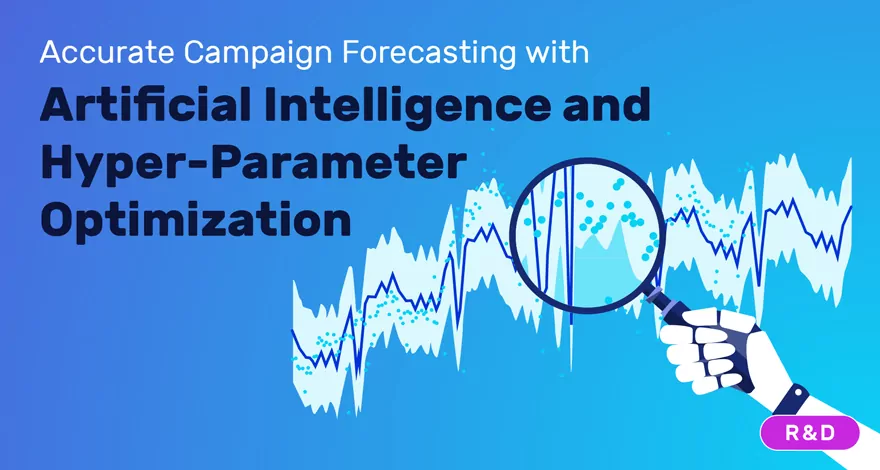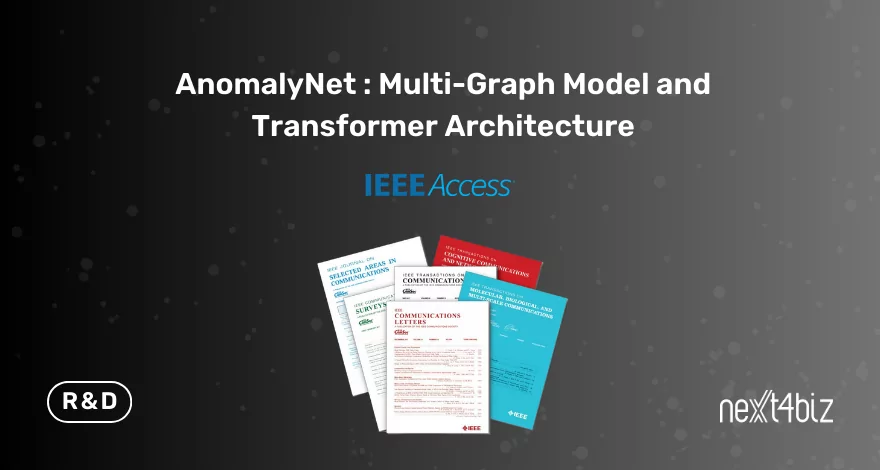Demo

Help Desk (Ticketing) Is Not Enough.
Problems of Fragmented Customer Service
- Using emails as a workflow tool: When you have an issue, you forward it to the relevant people or units by email. If you or your customer want to hear about the status of the issue, you have to call or ask via email. You only have an “in-progress” status at hand during the whole resolution process. You have no single tool for monitoring what is being conducted on which issue.
- Using other systems as a workflow tool: After capturing the issue, if you submit the issue to another system (rather than email) to be tracked, this fragments the issue life cycle and you now have to track it in two different systems. If you would like to receive a report about the full issue life cycle (for example, which units were late, which ones were on time, who was doing what on an issue) then you have to combine the data in both systems to formulate a single report.
Different types of issues require different types of resolution processes
For each type of issue, you need to ask different sorts of questions while capturing the issue details.
Different forms for different types of issues
- For each type of issue, different units should be involved in the resolution sequence with different service durations.
Different workflows for different types of issues
For the “bad employee behavior” issues, you may request a report from the store about the case. In the next step, you may ask HR to come forward with a decision.
In the late delivery case, you may ask the operations department for the shipment details. You may also request the delivery data from the logistics company and so on.
However, if you are using a ticketing solution, you have only one flow, which is to forward the issue to the relevant unit which you think should be in charge. You can track only the status of the issue.
The untrackable, unmeasurable secret box: “in-progress”
It should be noted that merely being aware of the status of an issue is not enough. We need to know more about what is really happening within the “in-progress” status. We need to open up the secret box and organize the thousands of customer issues being forwarded chaotically back and forth between departments.
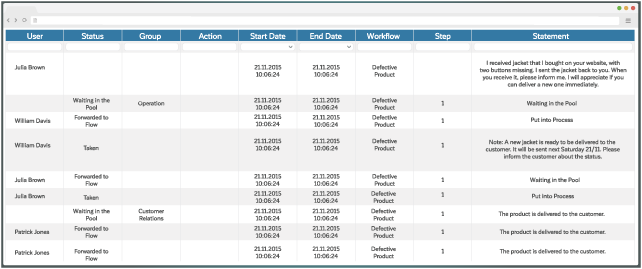
Single view of issue life cycle
For each type of issue, we need to design the resolution process:
- What will be the resolution workflow steps?
- Who will be incorporated within each step?
- What will be the actions within each step?
- What should the service levels be?
Only process-based customer service management provides:
- Performance KPIs: Who is late? Who is on time? What are the service levels of partners, suppliers?
- End–to-End Issue Tracking: A single view of an issue life cycle. Who is doing what on an issue? What should the person in charge do, what were the previous actions, and what will be the subsequent actions?
- Improvement Opportunities: How can we improve the processes for better customer satisfaction and to reduce issue resolution costs?
2 No IT Then No Cry
Whatever established software you have, however well it meets your current requirements, or however user-friendly it is, it doesn’t really matter too much. Every piece of software will have to be modified eventually in order to adapt to changing requirements.
On the other hand, from IT’s perspective, never-ending change requests and wish lists must be planned in an appropriate way. Therefore, software solutions that reduce dependency on IT would be the choice of IT departments also.
Beyond Flexibility
You will need flexible software that will let you reduce the business unit’s IT dependency. Namely, the business units should be able to design and modify workflows and forms on their own.
Moreover, next4biz provides design editor tools that business units can use to design or change forms and workflows by themselves without any technical assistance. Our customers have been doing it for years.
For instance, in the diagram below, a request has arisen to add a multiple-choice box field into the “late delivery” issue form.
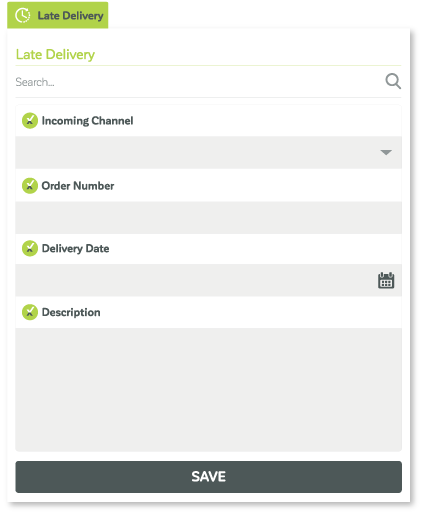
A new field (logistics company) has been added without writing a single line of code.
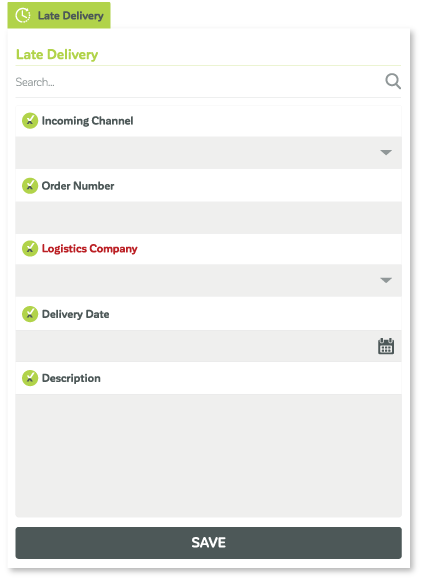
A new field (logistics company) has been added without writing a single line of code.
In another example below, a new workflow step has been added to the process design. Needless to say, you can also change the SLA or escalation scheme without writing any code!

This example workflow can be easily edited from two steps to there or more steps.

A new unit has been added to the “Personnel Behavior” resolution workflow within a couple of minutes.
A Comparison Between Traditional and Non-Code Solutions (next4biz)
The diagram below compares the delivery and ongoing costs of implementing and maintaining customer service management solutions.
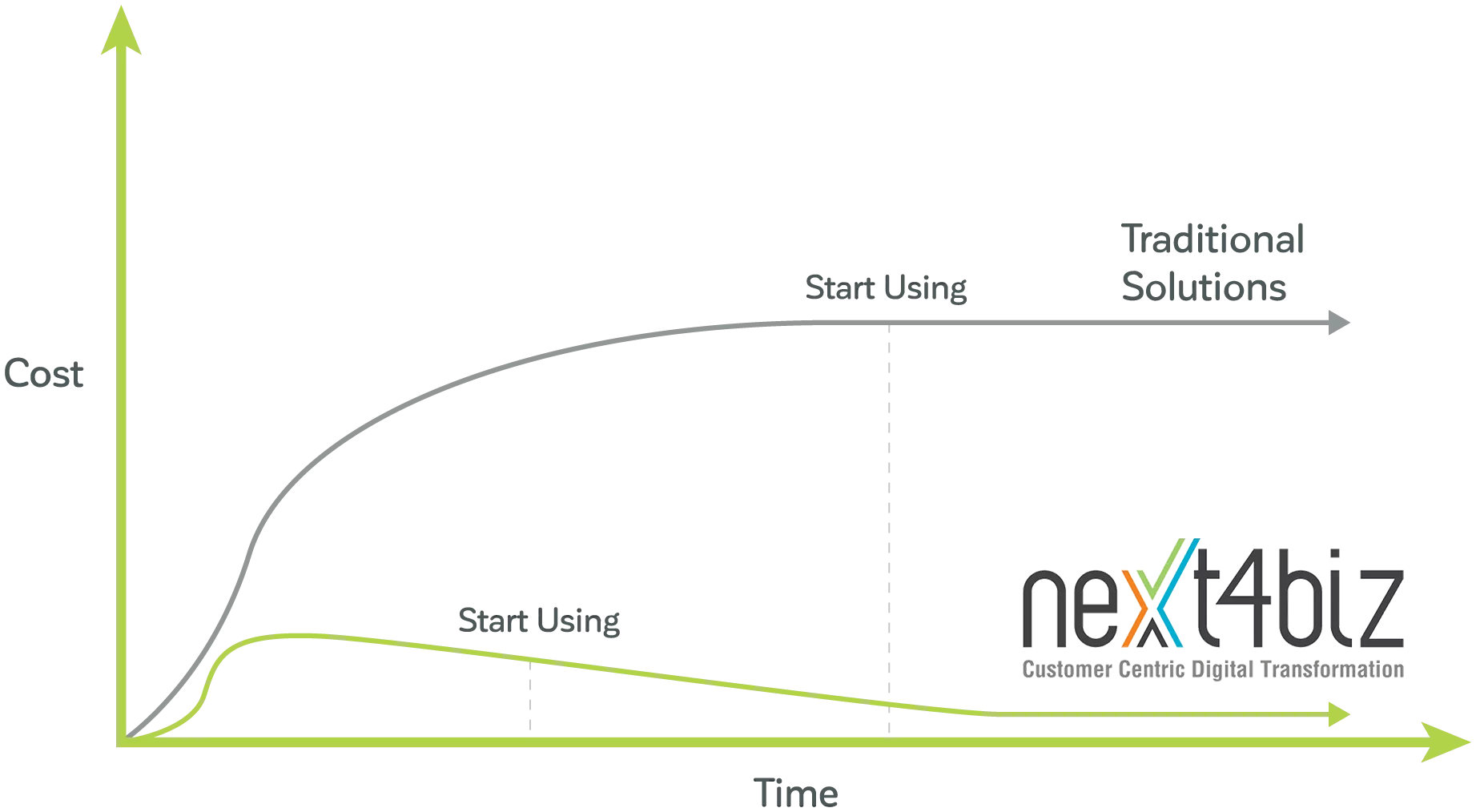
The vertical and horizontal lines represent the cost and time dimensions respectively. Using next4biz’s software, delivery duration and delivery costs are far less compared to those in traditional cases.
